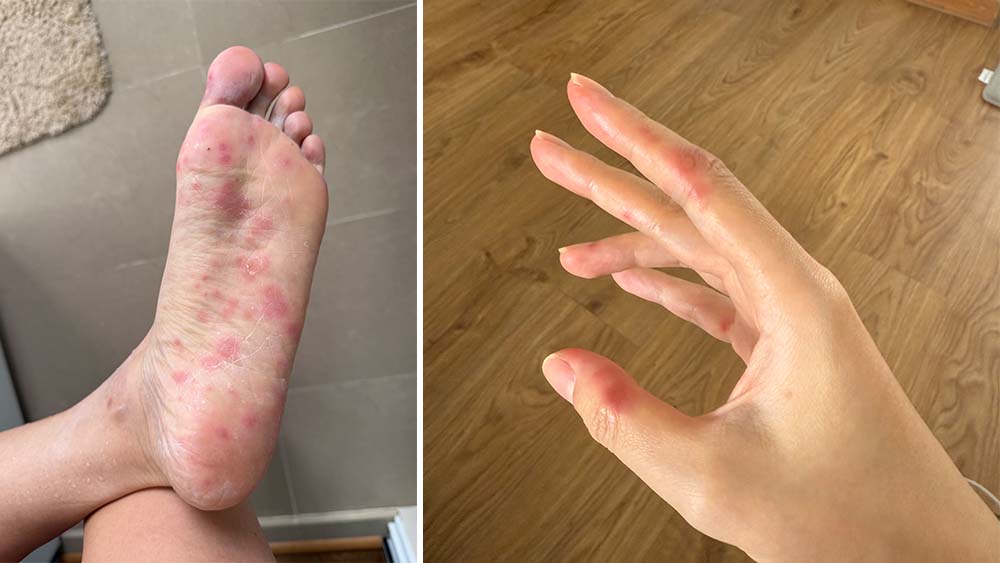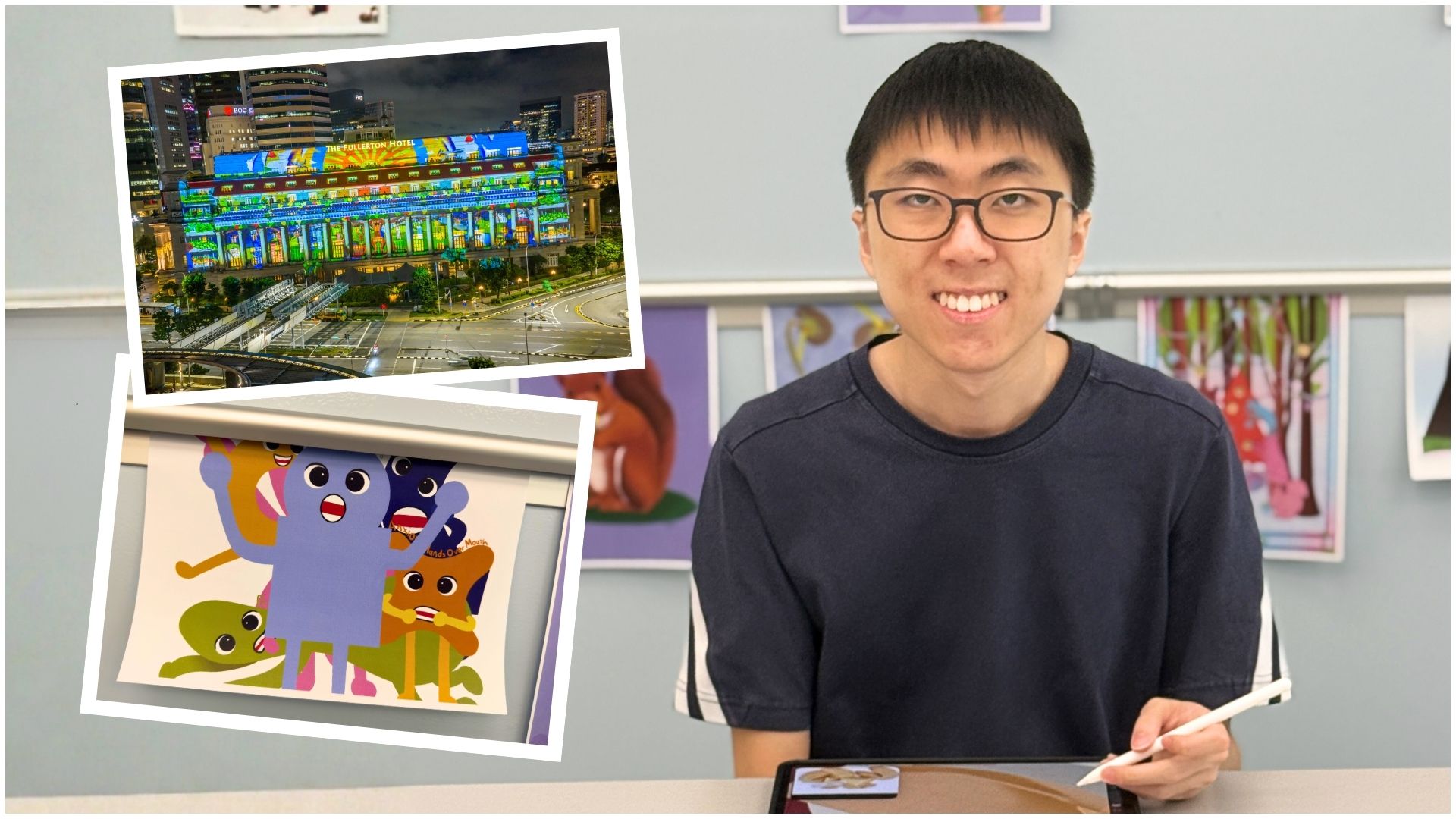The Art of Healing: She Confronts Mental Health Stigma Through Creative Expression
WARNING: This article makes mention of depression, anxiety, an eating disorder, and suicidal feelings.
“You’ll never be rich if you become an artist.” Sound familiar? For many aspiring creatives in Singapore, this phrase is all too common. The “starving artist” stereotype is still deeply ingrained in society, reflecting the persistent stigma – both social and familial – against pursuing the arts as a career. Some people end up in more “practical” fields, while others reduce their creative passions to mere hobbies.
But what about those who struggle with mental health issues – like depression and anxiety – due to the stigma of pursuing non-traditional creative paths in our Lion City?
According to the Ministry of Health's National Population Health Survey 2023, 15% of Singapore residents aged 18 to 74 experience poor mental health, with the highest prevalence among younger adults (26%) aged 18 to 29. Our youth and young adults, often still in school or just starting their careers, seem to be the most affected.
So, where do people battling often invisible mental health conditions seek help?
One place is Beyond the Label (BTL), a nationwide initiative launched by the National Council of Social Service (NCSS) in 2018, which aims to reduce stigma and promote social inclusion for individuals with mental health conditions.
In 2022, then-President Halimah Yacob introduced BTL 2.0, along with the BTL Collective – a collaboration of partners from the public, private, and community sectors working to create a more supportive and inclusive environment for those with mental health challenges. NCSS leads BTL 2.0 alongside TOUCH Community Services.
BTL’s mission is championed by its ambassadors – individuals with personal experiences of mental health challenges who are passionate about raising awareness and reducing stigma.
One such ambassador is Dorcas Tang, a 24-year-old artist, aspiring author, and student who has navigated her own challenging mental health journey.
A path less travelled
For Dorcas Tang, art has always been a sanctuary. “The only place where I felt really at home was in art and writing, where I had a lot more freedom to be creative,” she says.
Yet, the pursuit of a creative career in Singapore comes with its own set of societal pressures and stigmas. The “starving artist” stereotype looms large, pushing many to choose more “practical” paths.
Dorcas chose architecture as a compromise between her passion for art and the practicalities of Singapore’s job market.
“I picked the closest practical path to art – which was architecture,” she says. However, this choice, while pragmatic, came with unforeseen consequences for her mental health.
The pressure cooker
Dorcas’ mental health began to deteriorate during her architecture course at polytechnic.
“I was properly diagnosed with depression, anxiety, and symptoms of an eating disorder during the tail end of my architecture course,” she says.
The demanding work culture and pressure to excel were overwhelming. The relentless pursuit of high grades and the pressure of maintaining a scholarship took a toll on her well-being.
“Things got so bad that I started skipping school and almost got debarred,” she says. The academic pressures compounded by a high-achiever mentality led to severe burnout.
Dorcas even found herself wishing to be hit by a car as she was crossing the road or suffer a serious illness just to get a break from the relentless grind.
The battle for balance
The challenges didn’t stop there. Upon starting her first year at the National University of Singapore (NUS), Dorcas experienced a relapse.
“Three weeks into that first year in NUS, I relapsed into depression and anxiety again,” she says. Despite her best efforts, including taking a gap year, she struggled with insomnia, academic pressure, and the stigma surrounding her mental health.
“I had to drag myself to the polyclinic to get MCs for missing class or needing assignment extensions,” Dorcas says.
The demanding architecture culture only added to her stress. “My classmates compared how little they slept, and there were many assignments to complete week after week,” she says.
The world didn’t pause for her mental health struggles, making it even harder to cope.
Seeking help and finding support
Dorcas sought help from a national polyclinic in Hougang. “My boyfriend at the time (now fiancé) noticed that something was off about me and convinced me to get my mental health checked out,” she says.
The support of her partner was crucial during this period. Despite being on antidepressants, Dorcas continued to struggle with the stigma and the challenges of balancing her mental health with academic demands.
“My family showed love in their own ways,” she notes. Her father would leave chocolate on her table, and they respected her need for rest, despite the financial strain of her education. This unconditional support was a significant source of comfort.
The power of reflection, and healing
In her journey to recovery, Dorcas found solace in journalling. “Journalling has helped me immensely in gaining clarity in my thoughts,” she says.
Initially, her entries were a jumble of scribbles, but over time, writing helped her make sense of her emotions and gain insight into her true self.
“Writing down my emotions, my insights about myself, helped me gain greater clarity about who I was and what I wanted,” she explains. This practice allowed her to reconnect with her inner compass and embrace aspects of herself that she had once felt ashamed of, such as her sensitivity and intuition.
Meditation also became a vital tool. “When there is some sort of a trigger or strong emotion, I like to see what kind of images arise that might be useful in tracing back to the original wound,” Dorcas says.
This self-compassionate approach has been instrumental in her healing process.
Advice for aspiring creatives
In Singapore, there is still some stigma in pursuing the arts as a career, and a belief in the “you’ll never be rich if you become an artist” trope. Many still value a more “practical” and stable pursuit. Dorcas’ thoughts on this?
“That advice is valid in some way,” she says. “But know that at the end of the day, the advice comes from someone’s past experience or a belief passed down from generation to generation. It is still up to us to choose our own paths.”
Dorcas encourages aspiring creatives to pursue what aligns with their true selves, despite societal expectations.
“If you decide to pursue something unconventional, trust that, as long as you’re actively creating value for people, people can see it and they will come back to look for you for what you have to offer,” says Dorcas. “If there’s something that your inner child wants, that voice exists not to sabotage you, but to bring you back to your truth.”
Finding freedom in art
Dorcas is currently taking an online course in illustration. “It’s a Bachelor’s Degree by Falmouth University. And it has been one of the best decisions that I made,” she says, adding that the course has provided her with the flexibility she needs to balance her mental health and artistic aspirations.
“Time flexibility has been a big plus,” says Dorcas, when asked how illustration has helped her find balance. She has found that aligning her work with her natural rhythms has improved her well-being.
“I now know why going to school and having a nine-to-five job doesn’t work for me, because I am someone who naturally lives fluidly,” she says. “Being an independent artist has allowed me to be authentic in that way.”

 IMAGES: DORCAS TANG
IMAGES: DORCAS TANG
For the latest updates on Wonderwall.sg, be sure to follow us on TikTok, Telegram, Instagram, and Facebook. If you have a story idea for us, email us at [email protected].











